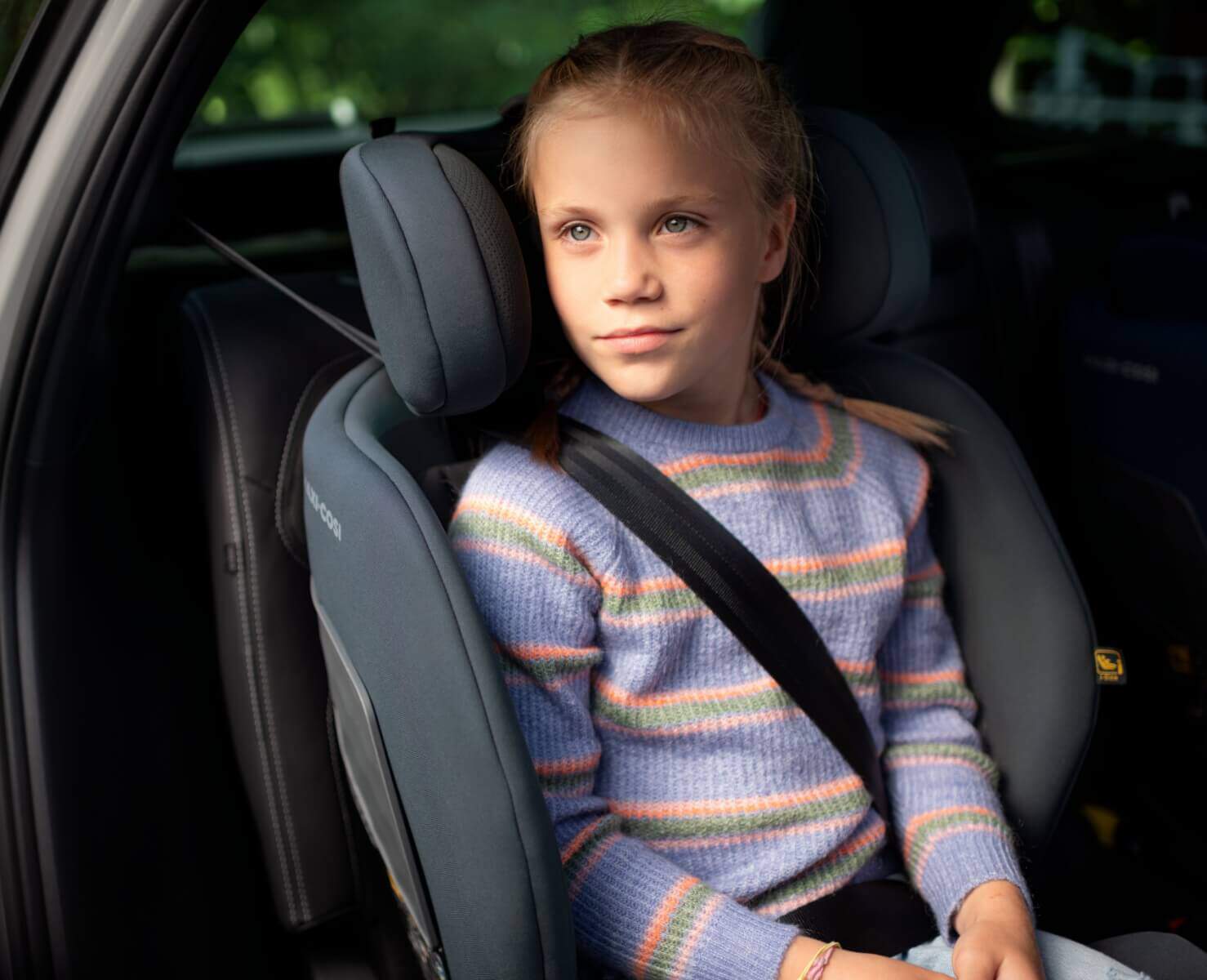Booster Seats NZ: The Ultimate Guide for Savvy Parents
Hello there, wonderful parents of New Zealand! Are you in the midst of searching for the perfect booster seat for your growing little one? Well, you’ve landed in just the right spot! Our all-inclusive guide is brimming with everything you need to know about booster seats in NZ. Safety is of utmost importance, especially when it involves your precious children, and we’re here to make the process as smooth as a peaceful drive through the stunning Kiwi countryside. So buckle up, and let’s embark on this journey together!
Understanding the Importance of Booster Seats
First things first, why do we need booster seats? A booster seat is designed to elevate your child so that the car’s seat belt fits them properly. This is crucial as it significantly reduces the risk of injury in case of an accident. In New Zealand, the law is very specific about child restraints, and meeting these regulations is not just a legal requirement, but a commitment to your child’s safety.
New Zealand’s Legal Requirements for Booster Seats
The laws in New Zealand stipulate that children aged up to seven years must be secured in a suitable car restraint appropriate for their size and weight. From seven up to the age of eight, they must continue to use a booster seat if they are not yet big enough to safely use a seat belt alone. However, safety experts recommend that children use booster seats until they are 148cm tall, ensuring the seat belt fits them correctly, irrespective of their age.
Choosing the Right Booster Seat for Your Child
With a plethora of booster seats on the market, it can be a tad overwhelming to pick the right one. But worry not, as we’ve put together some top tips to help you navigate through the choices:
- Weight and Height: Check the manufacturer’s specifications for weight and height limits to ensure the booster seat will accommodate your child as they grow.
- Safety Standards: Always look for a booster seat that meets the NZ safety standards – that’s the ‘tick’ of approval you want!
- Ease of Use: You’ll be using this seat a lot, so make sure it’s easy to install, adjust, and clean, because let’s face it, little ones are also little mess-makers.
- Comfort: Comfort is key for those longer trips, so seek out features like padded armrests and adjustable headrests for the ultimate ride.
- Portability: If you plan to switch the booster seat between cars or take it on travels, a lightweight and easy-to-move option might be just what you need.
Keep in mind that it’s not beyond the realms of possibility to find a booster seat that’s safe, snug, and stylish – yes, they do exist!
Frequently Asked Questions About Booster Seats
We know you’ve got questions, and we’ve got answers! Let’s dive into some of the most commonly asked queries about booster seats:
- When is my child ready to move out of a booster seat?
- Generally, when they reach 148cm in height or can sit against the back of the car seat with their knees bent comfortably over the edge of the seat and the seat belt fits them properly across the shoulder and chest.
- Can I use a second-hand booster seat?
- While it might be cost-effective, it’s not recommended. If you do opt for a second-hand seat, ensure it hasn’t been in an accident, is not expired, and meets current safety standards.
- How do I know if the booster seat is compatible with my car?
- Most booster seats fit in most cars, but it’s wise to check the car’s owner manual and the booster seat manual for any specific compatibility issues.
Your child’s safety is non-negotiable, and choosing the right booster seat is paramount. Stay tuned as this is just the beginning – there’s a lot more insight to come on the adventures of booster seat shopping in New Zealand!

5 Things Parents Should Know in Preparing for Booster Seats NZ
As your child transitions from a toddler seat to a booster seat, preparation is your best friend. Here are five essential things you should know:
- 1. Check the Legal Requirements: Before you even start shopping, familiarize yourself with the latest New Zealand Transport Agency (NZTA) regulations regarding child restraints. Remember, your child’s safety on the road is governed by law, and adhering to these guidelines is your first step.
- 2. Understand Your Child’s Growth: Children grow at different rates, and the right booster seat is one that matches their current size. Know your child’s height and weight before you browse, as this will be the foundation of your choice. The right fit ensures optimal protection.
- 3. Prioritize Safety Features: Look for booster seats with robust safety features such as side-impact protection, secure harness systems, and sturdy construction materials. Remember that a booster seat’s main function is to safeguard your child in the event of a collision, so don’t compromise here.
- 4. Plan for the Long Haul: It’s essential to pick a booster seat that will serve for several years. Opt for one with adjustable features that can grow with your child. Some booster seats come with removable backrests, which means they can adapt from a high-back booster seat to a backless booster seat as required.
- 5. Reviews and Recommendations: Lastly, leverage the power of community. Seek advice from other parents and read online reviews. Experts’ input is valuable, but real-world feedback from fellow parents can offer practical insights that you won’t find in manuals or product specifications.
Installation and Safety Checks
Even the safest booster seat is only as good as its installation and regular safety checks. Always follow the manufacturer’s instructions diligently when installing the booster seat. Make sure that the seatbelt or harness is properly adjusted to fit your child securely and that the booster seat itself is fastened tightly to the car’s seat.
Regular safety checks are a must: inspect the booster seat for any signs of wear and tear, make sure there are no loose parts, and confirm that the seat has not been recalled. If your seat uses a tether or anchor system, periodically check its tension to ensure it remains snug.
Maximizing Comfort and Convenience
A comfortable child is a happy traveller. Enhance your child’s booster seat experience by ensuring it has ample padding, support, and proper ergonomics. Additionally, consider the seat’s fabric – is it breathable? Is it easy to remove and wash? For those long journeys, little conveniences like built-in cup holders and storage for toys and snacks can make a big difference.
Equally important is ease of transfer if you use multiple vehicles. A booster seat that is lightweight and straightforward to switch between cars can be a game-changer for busy families on the go.
Prepare Your Child for the Booster Seat Transition
Talk to your child about the transition to a booster seat. Explain to them why they’re changing seats, and involve them in the process, perhaps letting them choose a seat with a colour or pattern they like (as long as it meets all safety standards, of course!). Making this a positive experience can ease the shift and encourage them to behave responsibly while sitting in their new booster seat.
The journey to finding the ideal booster seat can indeed be a joyous and exciting chapter in your parenting story. With our delightful guide in hand, dear Kiwi parents, you’re now superbly equipped to make a sound decision that will keep your little co-pilots safe, secure, and smiling from A to B – and that’s truly priceless! Safe travels on this wonderful adventure of growth and discovery!
See more great Things to Do with Kids in New Zealand here. For more information see here
Disclaimer
The articles available via our website provide general information only and we strongly urge readers to exercise caution and conduct their own thorough research and fact-checking. The information presented should not be taken as absolute truth, and, to the maximum extent permitted by law, we will not be held liable for any inaccuracies or errors in the content. It is essential for individuals to independently verify and validate the information before making any decisions or taking any actions based on the articles.




